
There’s a popular cliche that’s been espoused in recent years about a player’s best ability is actually their availability to compete any given night. A team’s chances of success hinge primarily on the assumption that their best players stay healthy and can compete at a high level. As the 2024 NBA Playoffs quickly approach, let’s take a look at the rules put in place before the season started and see how they’ve influenced the game.
Why Did the NBA Implement These Rules?
The 82-game regular season in the NBA is often referred to as a ‘grind’. Not long ago, players would combat the mounting fatigue by resting, whether it was a game played at home or away. This was especially true on the second night of back-to-back games, with coaches noting ‘load management’ as the reason for a player’s absence. It was argued that too many star players were missing too many games.
“I think the league is trying to figure out ways to make our game better, to help grow the game, understanding that fan engagement is important for all of us,” said New Orleans guard CJ McCollum, President of the NBA Players’ Association. “As a fan of sports, when you go to a game, you want the stars to play. You’re paying a premium on the ticket … or maybe it’s the cable package or whatever you have, you want to see the best players play.”
From a fan’s perspective, imagine, for example, that you bought tickets months in advance to see LeBron James and the visiting Lakers, only to find out hours before tip-off that James would not be participating in the game. Obviously, it would be a huge disappointment, especially after spending hundreds or even thousands of dollars on tickets. Not only was this a source of frustration for fans who came to see stars take the court, especially visiting teams who they may get just one chance to watch in person all season.
But the NBA was dealing with an image problem, too, one that they hoped would be rectified by the new rules. As a business above all else, the NBA wants to put its best product on the court more often than not, especially when more fans tune into more games to watch marquee matchups. There’s also a transparency factor in terms of sports betting, as the NBA is “projected to receive $167 million in revenue from casinos and betting, an 11% increase from last season,” according to ESPN, citing sources.
Player Participation Effect on the Gambling Market
The global sports betting market is booming, with revenue expected to reach nearly $50 billion. This explosive growth coincides with the surge of artificial intelligence (AI), which many fans leverage to compare AI-driven NBA computer picks on a nightly basis.
AI leverages sophisticated algorithms and machine learning to analyze mountains of data, encompassing everything from player performance to weather. This enables highly accurate predictions, a feat impossible for humans to achieve in a reasonable timeframe.
Whether it’s picking NBA winners or predicting Champions League champions, AI empowers bettors with a crucial edge. They can now make informed decisions based on data, not just gut instinct. This powerful combination is poised to revolutionize both industries, creating a game-changing force.
Betting odds are certainly susceptible to injury news, especially when it comes to star players. People want to bet on their favorite teams and players, and there are just more betting options like combined parlays which typically include performance features of star players.
So, What Are the New Player Participation Rules?
The NBA Board of Governors met last fall to discuss possible new rules to implement regarding the resting of healthy players under the guise of load management. The NBA’s competition committee put forward the League’s most stringent set of rules yet for this season with the overarching goal of increasing player participation.
Here’s how the new rules affect teams and how they decide to rest players:
1. No more than one star player is unavailable for the same game
As an example, a team like the Phoenix Suns must ensure that either Kevin Durant or Devin Booker is available for each game. The Suns cannot rest both players in the same game unless both players are determined to be injured. So far this season, Devin Booker has missed 14 games. Durant, on the other hand, has missed just seven games. The final piece in Phoenix’s ‘Big 3’, Bradley Beal, has missed a whopping 29 games throughout the year.
While Phoenix would typically have a bit more flexibility when it comes to load management since they have three stars on the roster, incredibly, the Big 3 has played just 24 games together. For his part, Brad Beal missed out on being an All-Star thanks in large part to a nagging lower back injury. By missing so many games, Beal is no longer eligible for any of the NBA’s end-of-season awards (MVP, All-NBA team, Defensive Player of the Year, All-Defensive team, or Most Improved Player honors), which require players to participate in a minimum of 65 games to qualify.
League Commissioner, Adam Silver spoke to NBA.com at the All-Star break about the participation policy. “What these designations are essentially about, in addition to the respect and accolades that come from these designations, there are also financial consequences. And the feeling was the 65-game limit, playing 80 percent of games, seemed like a fair cutoff to be eligible.”
2. Teams must ensure that star players are available for national TV and in-season tournament games.
With the NBA being more global than ever, the league is working behind the scenes as an exclusive negotiating window opens with Disney and Warner Bros. Discovery, to reach a deal that will expand the distribution of professional basketball, which is already well over 200 countries and territories. After all, upwards of 30 percent of players in the NBA are born out of the U.S.—a trend that is expected to grow.
3. Teams must maintain a balance between the number of one-game absences for a star player in home games and road games – with a preference for those absences to happen in home games.
4. Teams must refrain from any long-term shutdown – or near shutdown – when a star player stops participating in games or plays a materially reduced role in circumstances affecting the integrity of the game. In this case, think of teams that are eliminated from playoff contention resting their star players. Fans still pay money to go see their guy, regardless of how poorly the team fairs in its win/loss column.
5. Teams must ensure that healthy players resting for a game are present and visible to fans.
While some players will undoubtedly be disappointed that they will miss out on accolades and bonuses for missing too many games, the new player participation rules have had the desired effect. More star players are playing in more games. The domino effect of increased viewership and an improved image of the league are byproducts of these new rules.
You may be interested
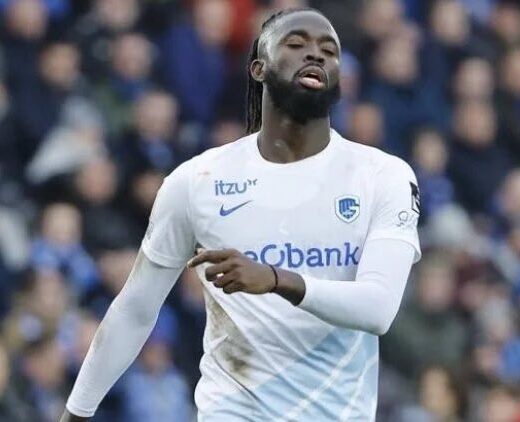
‘I’m Incredibly Proud’– Arokodare Talks Up Genk’s Unbeaten Home Streak
Webby - December 23, 2024Tolu Arokodare is full of excitement followingGenk’s historic victory over Anderlecht, reports Completesports.com.Sunday’s win at the Cegeka Arena was the…
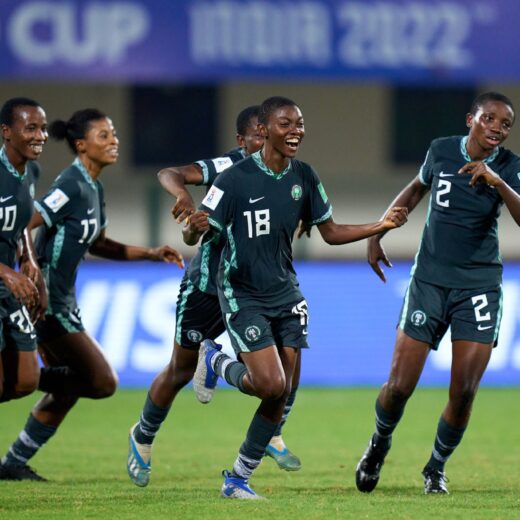
WAFU B U-17 Girls Cup: Ghana Edge Gallant Flamingos On Penalties In Final
Webby - December 22, 2024Despite a spirited performance Nigeria’s Flamingos lost on penalties to hosts Ghana on penalty shootout in the final of the…
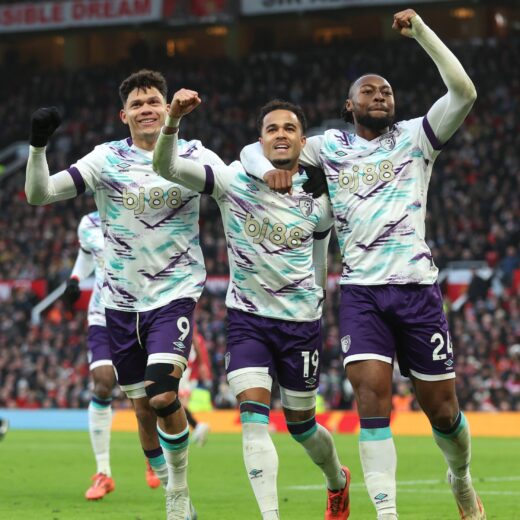
Bournemouth Equal Burnley’s Old Trafford Feat After 3-0 Win Vs United
Webby - December 22, 2024Bournemouth’s 3-0 win against Manchester United on Sunday meant the Cherries equaled Burnley’s feat at Old Trafford.United went into the…


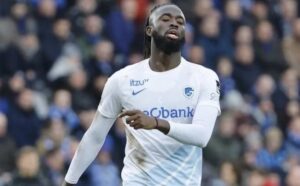
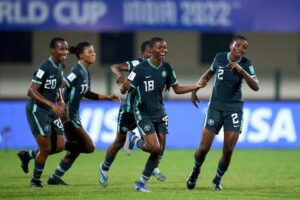
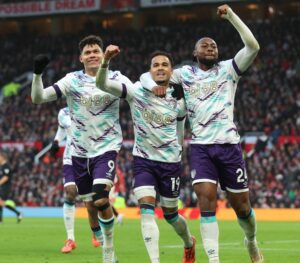


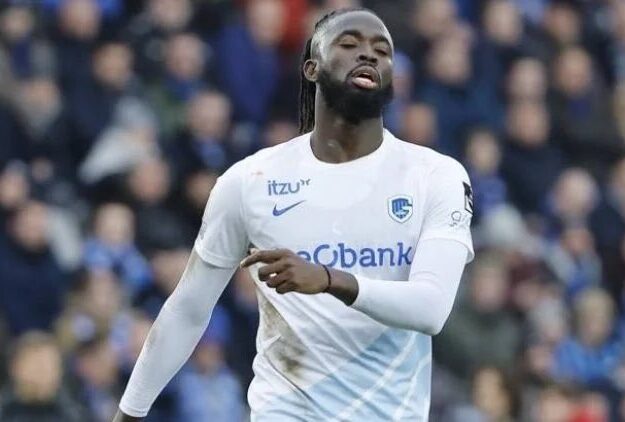
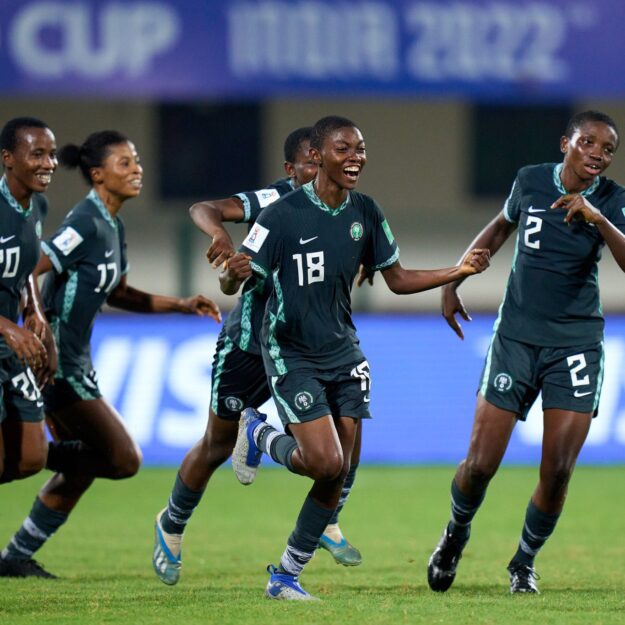
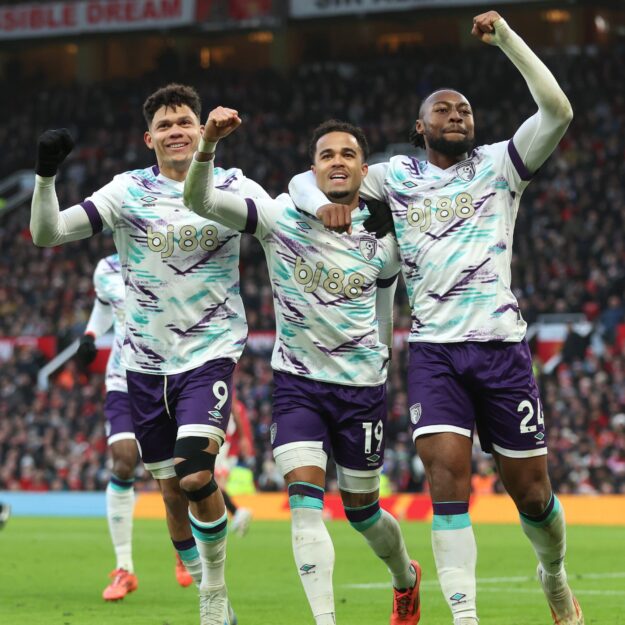
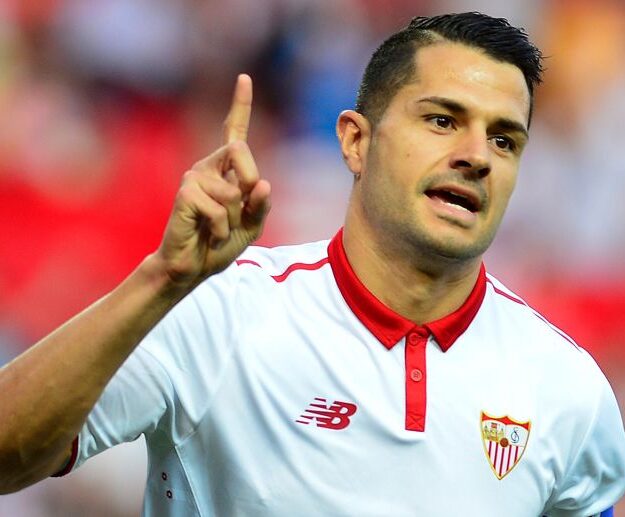
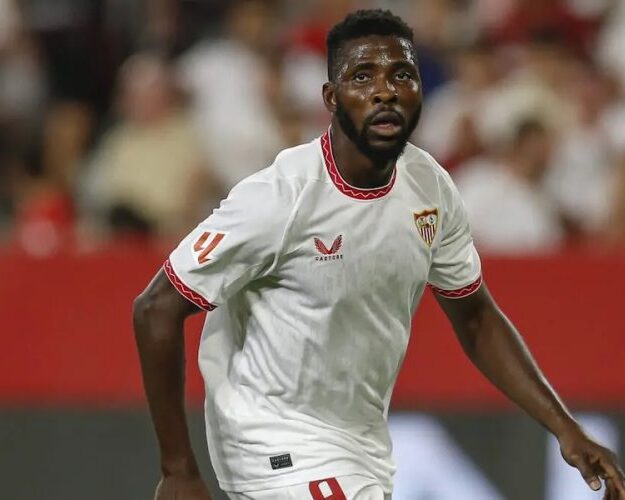
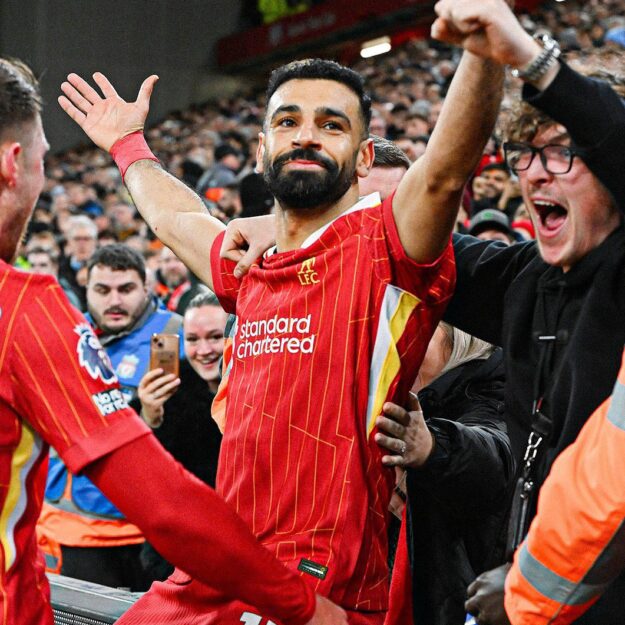
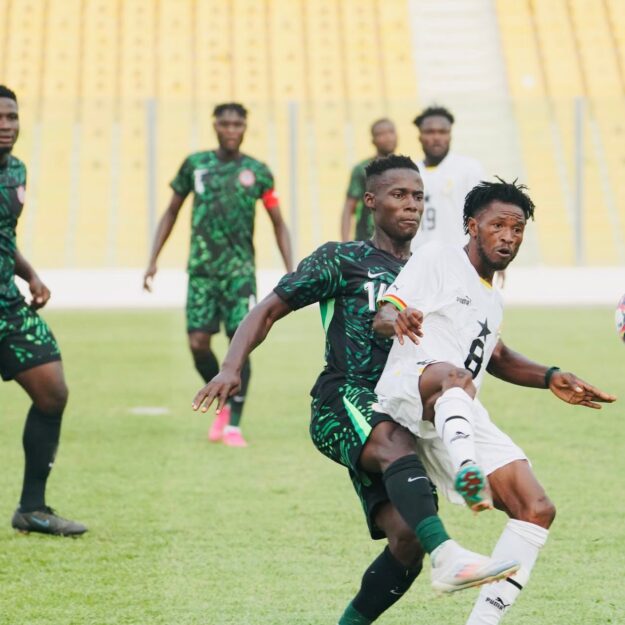
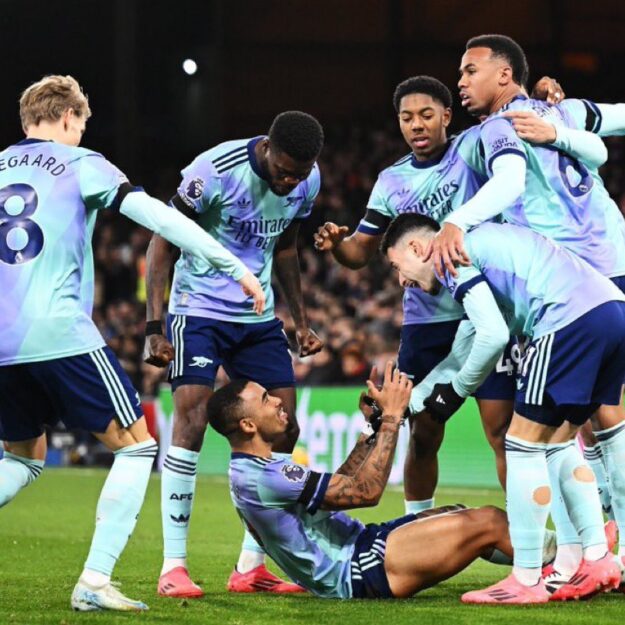
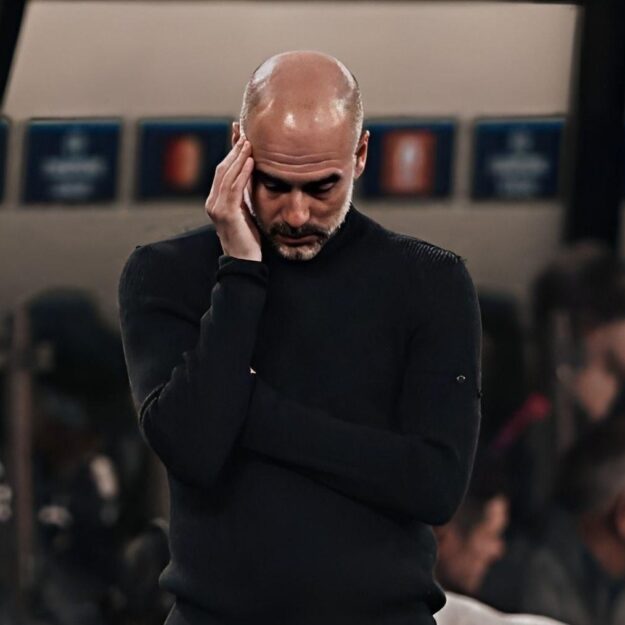
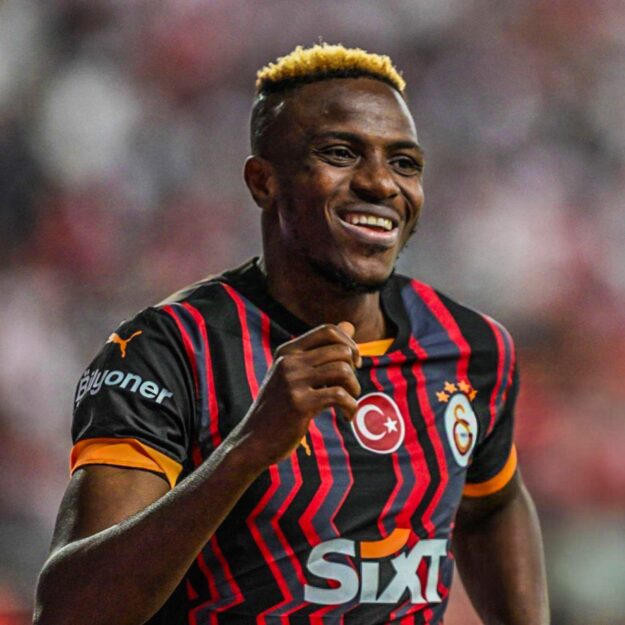

![American Pastor, David Wilson Seen Eating The Box Of Woman Who Isn’t His Wife [Video]](https://onlinenigeria.com/wp-content/uploads/2019/10/american-pastor-david-wilson-seen-eating-the-box-of-woman-who-isnt-his-wife-video-150x150.jpg)









